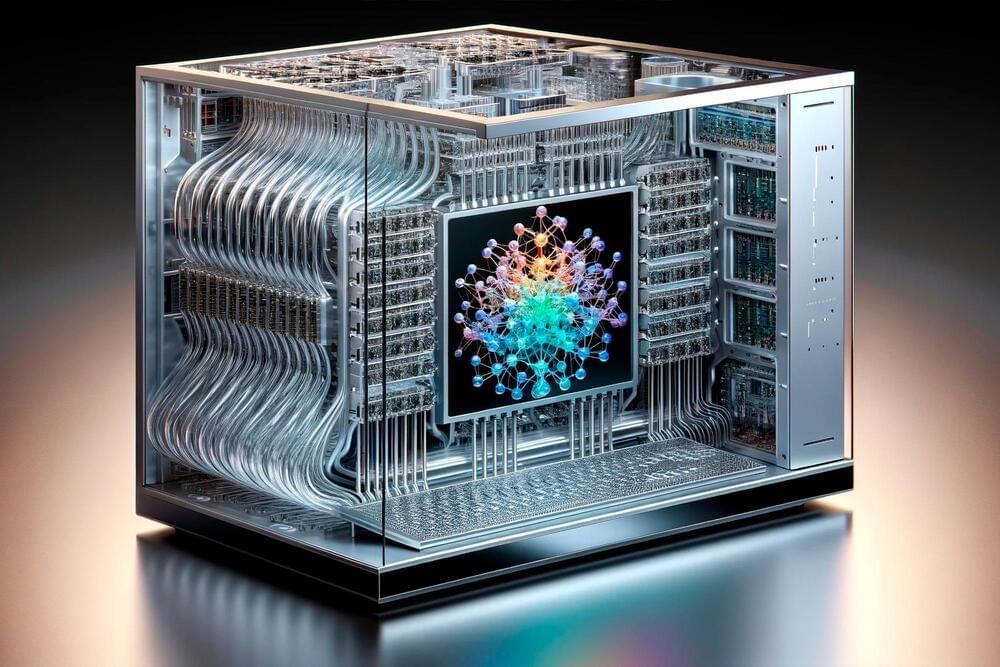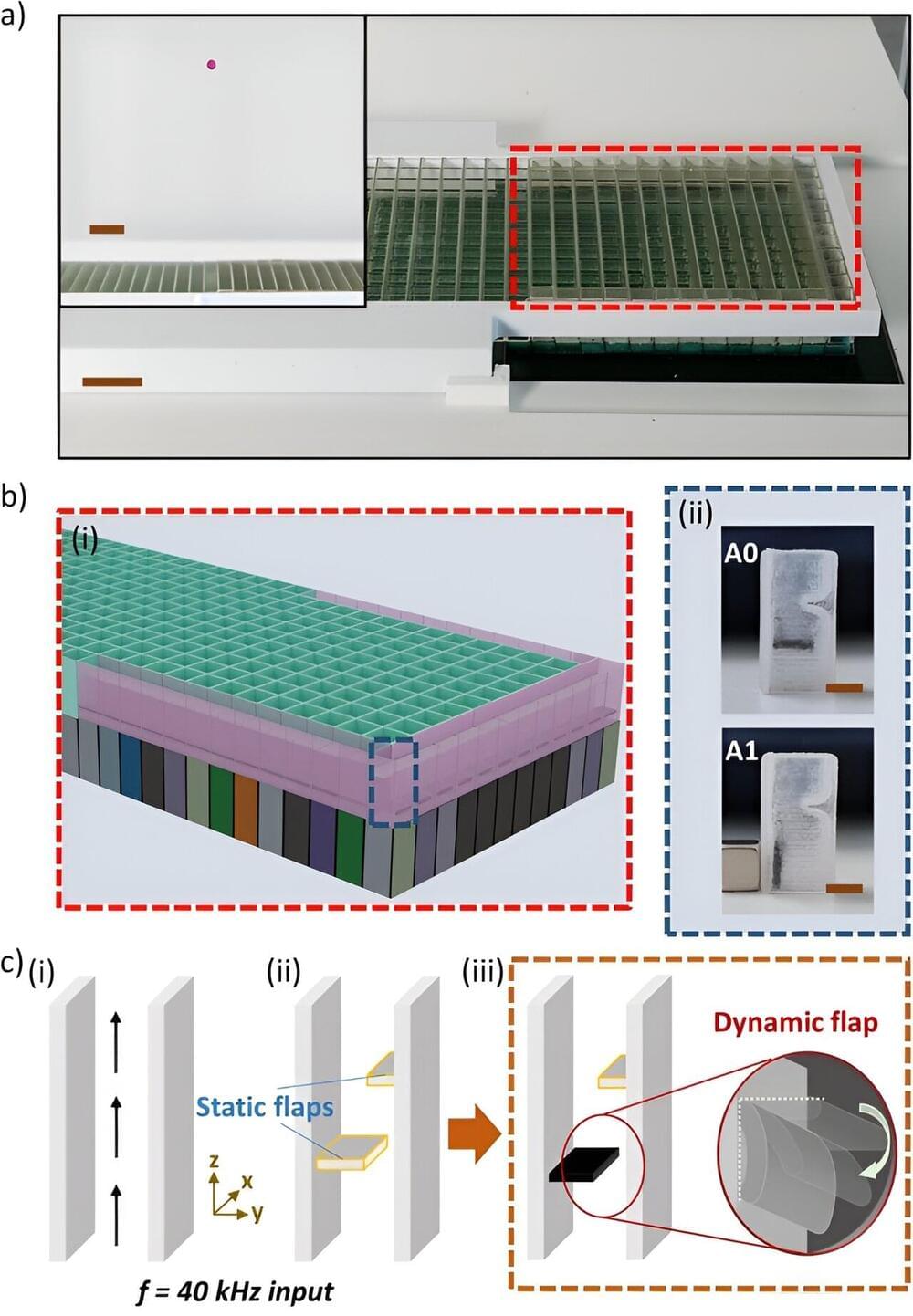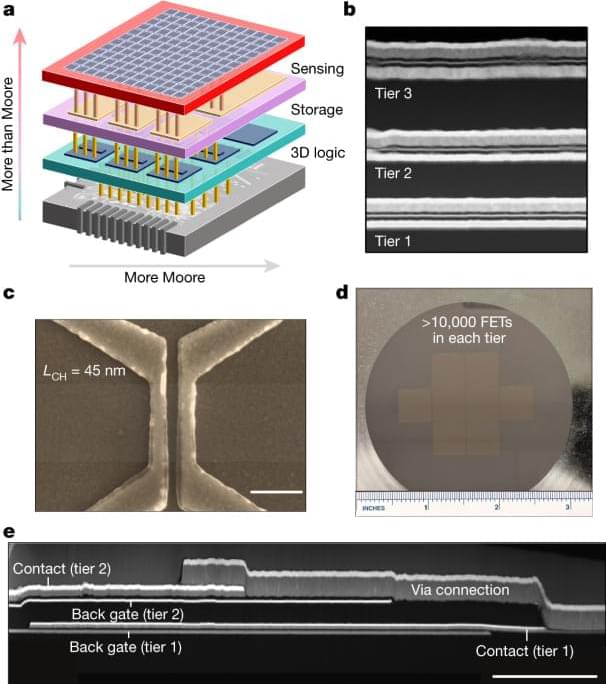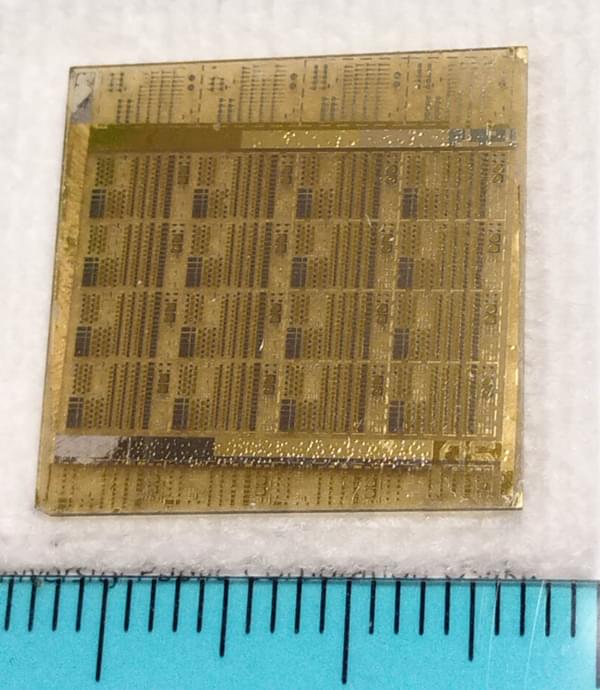Potentially good technology if it makes it to market. A new semiconductor would be great!
Researchers at the Georgia Institute for Technology have found a new semiconductor that’s a really good candidate for making computers faster and smaller than ever. Amazingly enough, it works by combining graphene with silicon carbide, to give a material with a sensible band gap that still has a high thermal conductivity.
Correction to what I say at 02:54 — That should have been voltage, not current.
Paper here: https://www.nature.com/articles/s4158…
🤓 Check out our new quiz app ➜ http://quizwithit.com/







